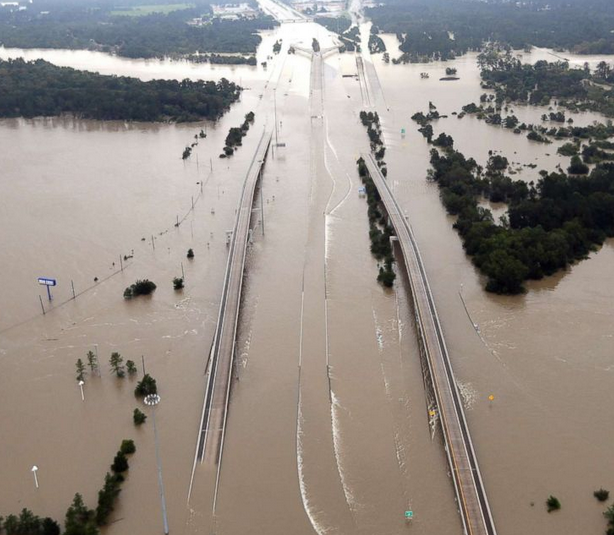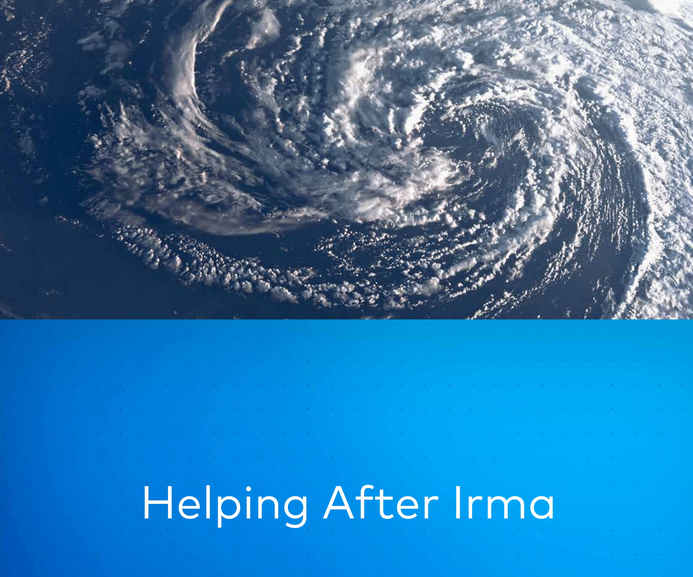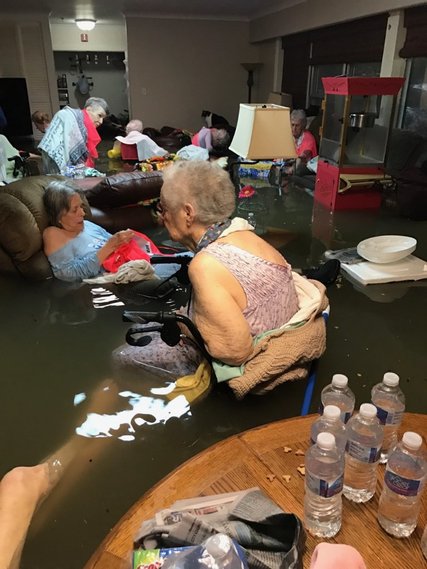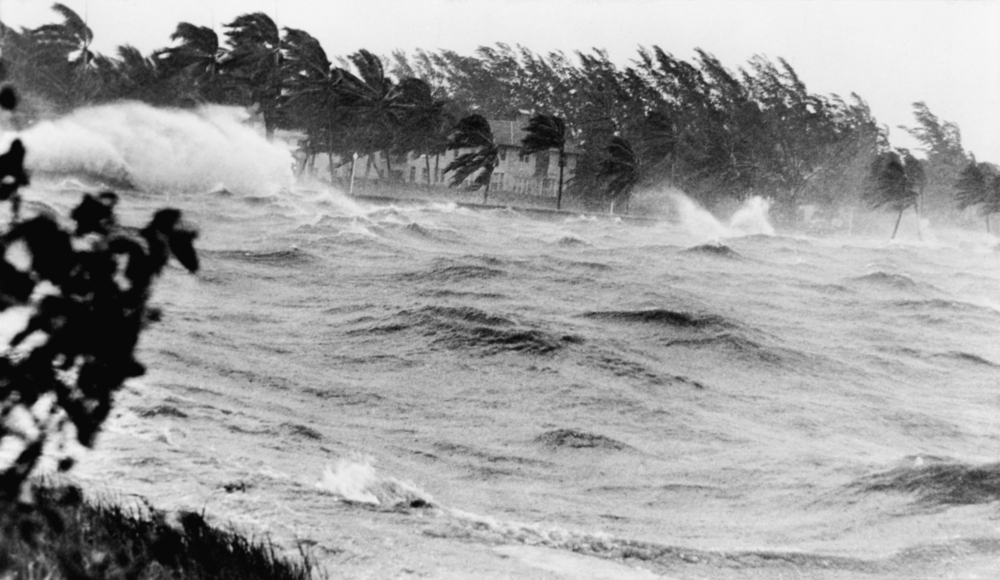Yardi United
Hurricane Relief Update
In the wake of Hurricane Harvey, Yardi quickly established relief resources for clients and a donation platform for employees. To date, Yardi employees have contributed thousands of dollars to disaster relief efforts. The Yardi Foundation will match these employee contributions. Thurs far, Yardi has donated a significant chunk of its $1 million foundation pledge to […]






